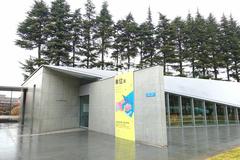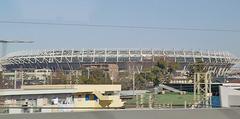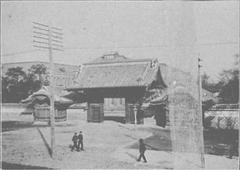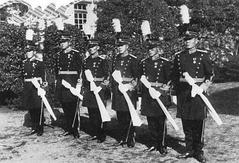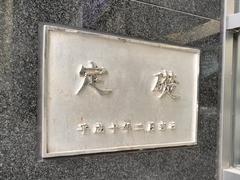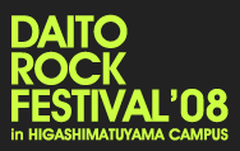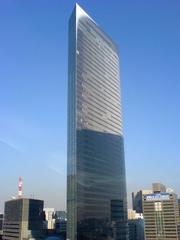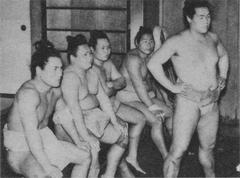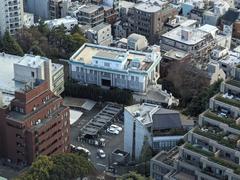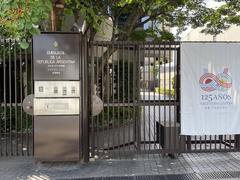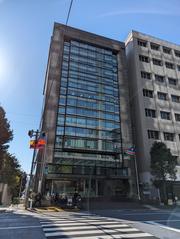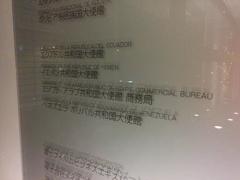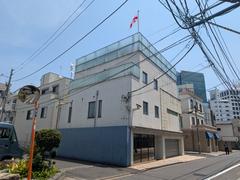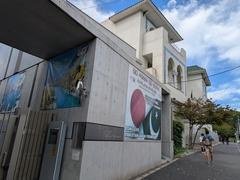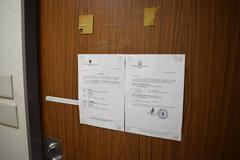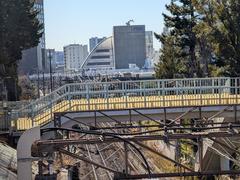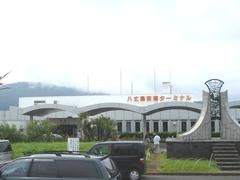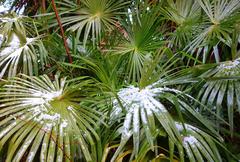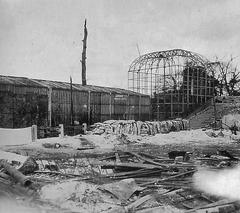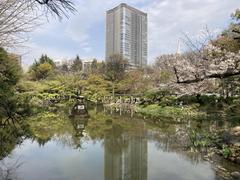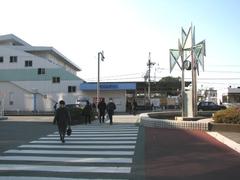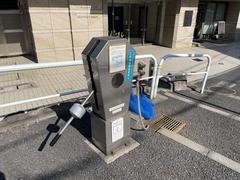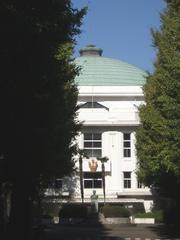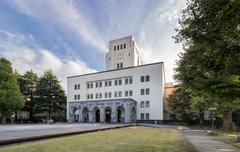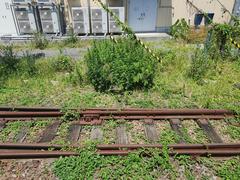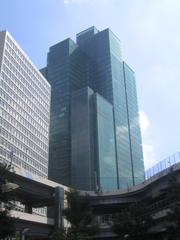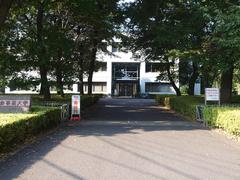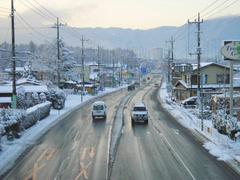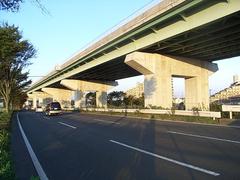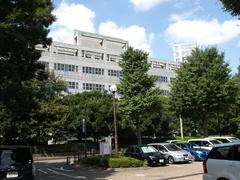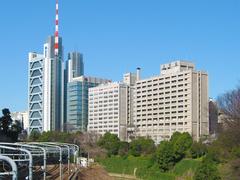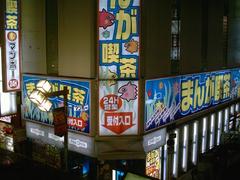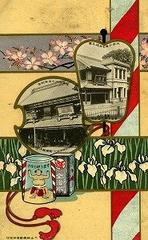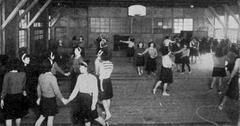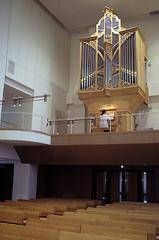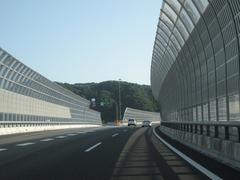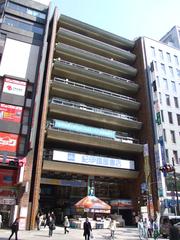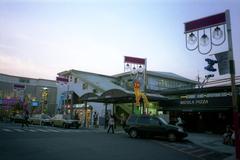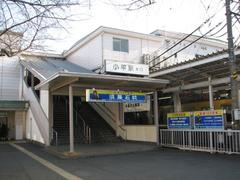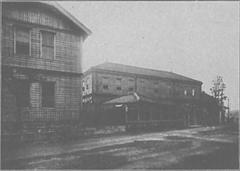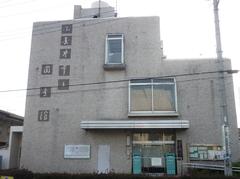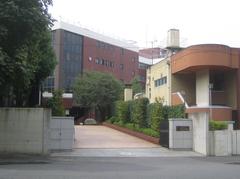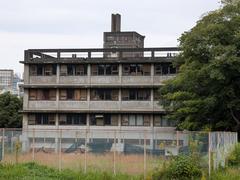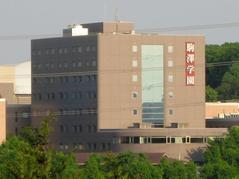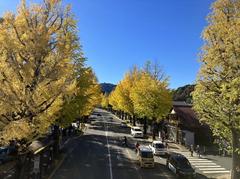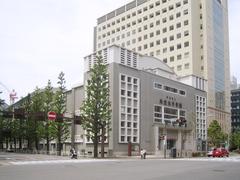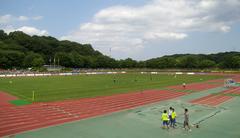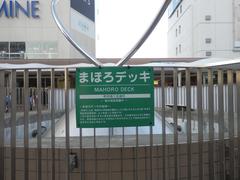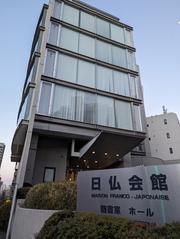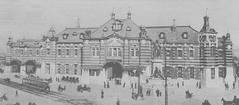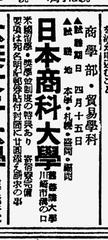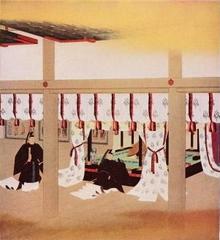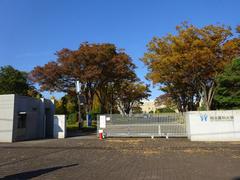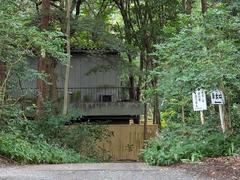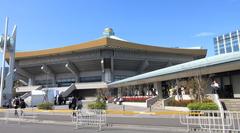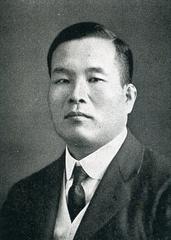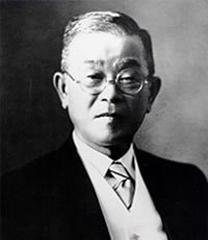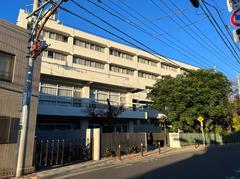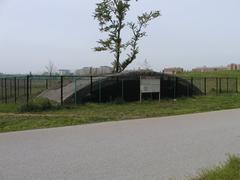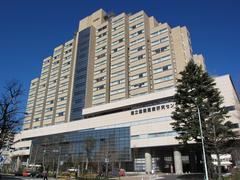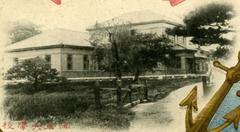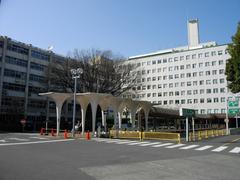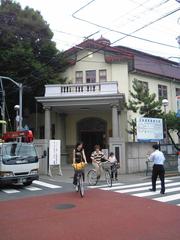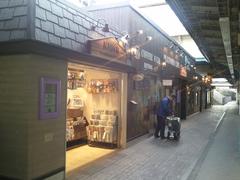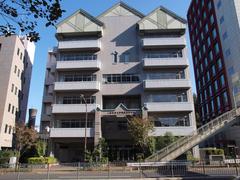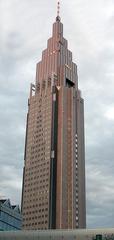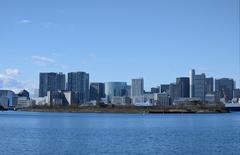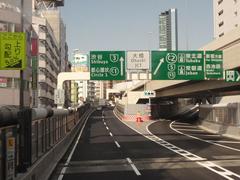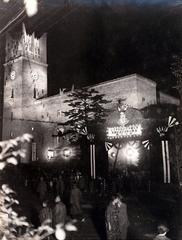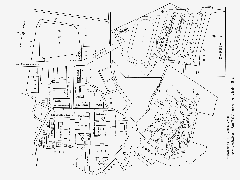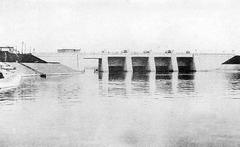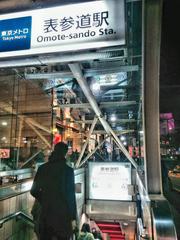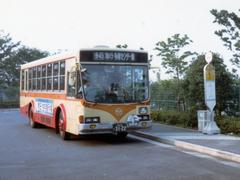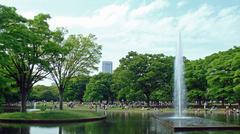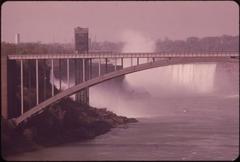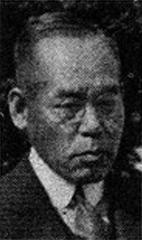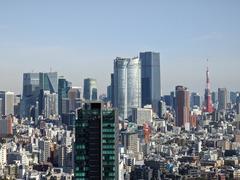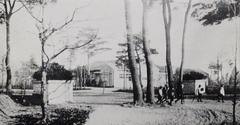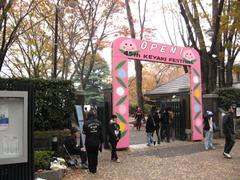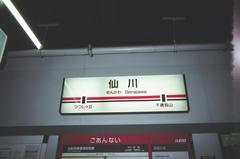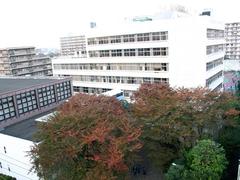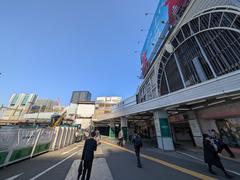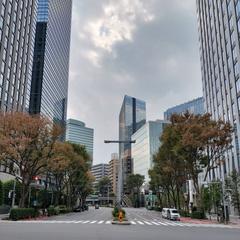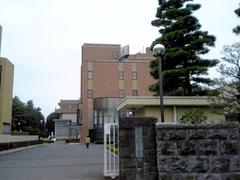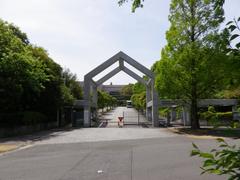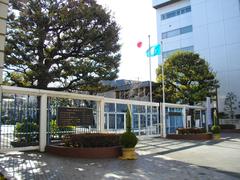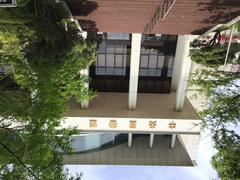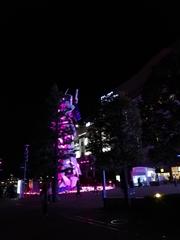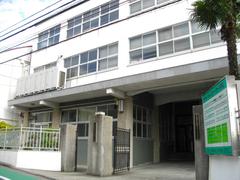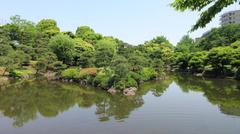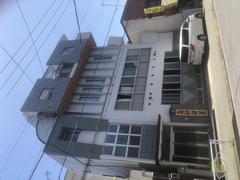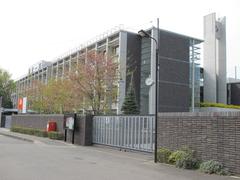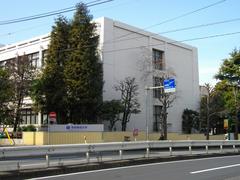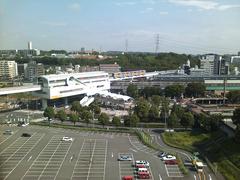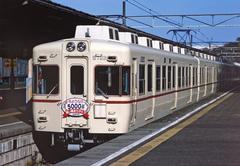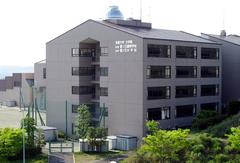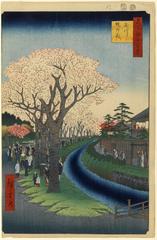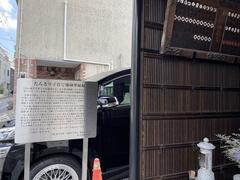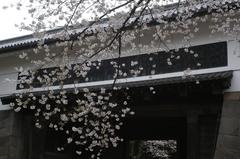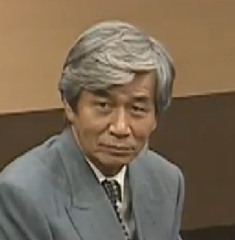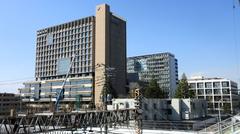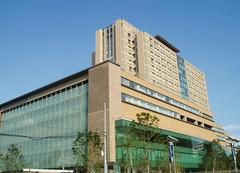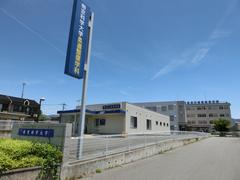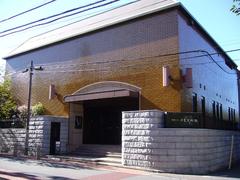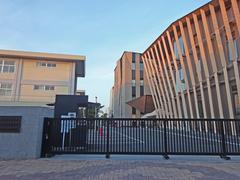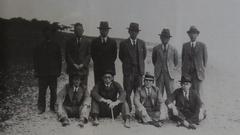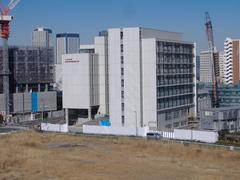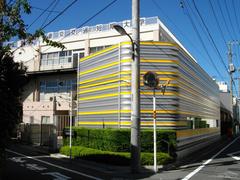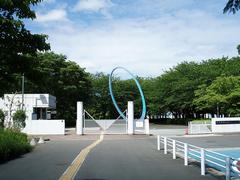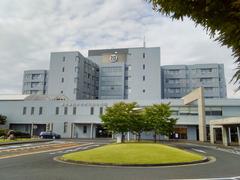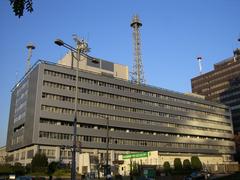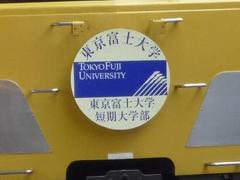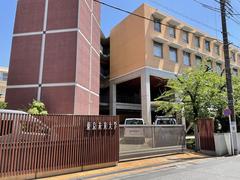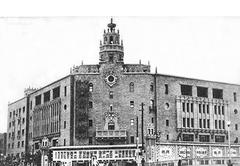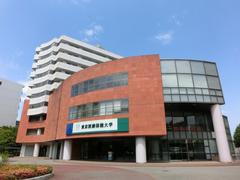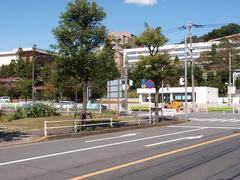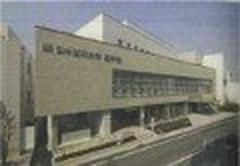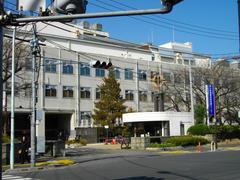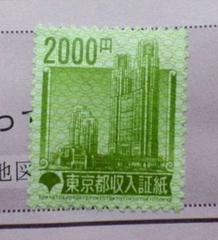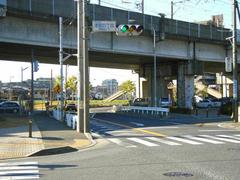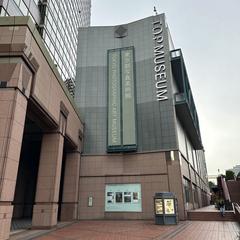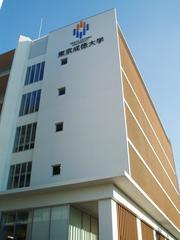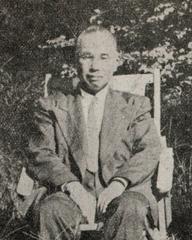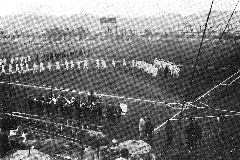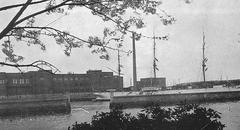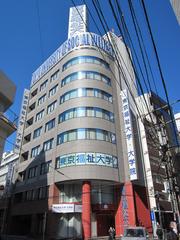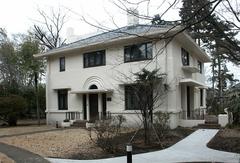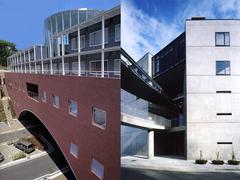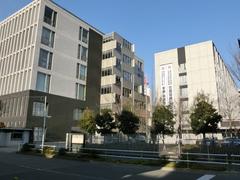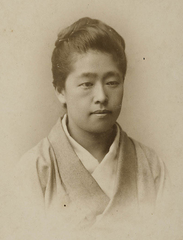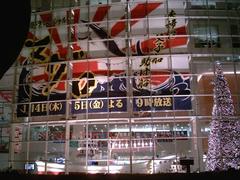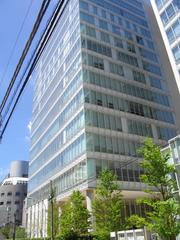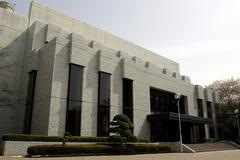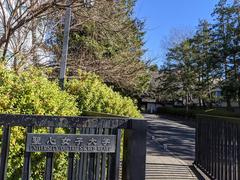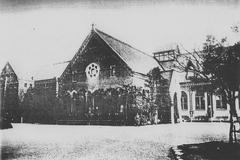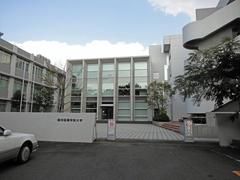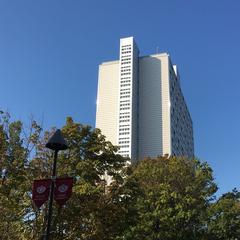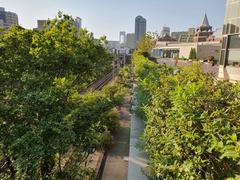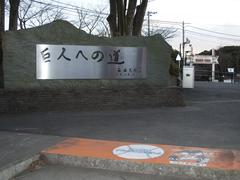
Hakonegasaki Station Visiting Hours, Tickets, and Travel Guide in Tokyo, Japan
Date: 04/07/2025
Introduction to Hakonegasaki Station
Nestled in the western suburbs of Tokyo, Hakonegasaki Station serves as a key gateway to the scenic and culturally rich Tama region. Opened in 1931 on the JR East Hachikō Line, the station connects Tokyo’s urban core with the tranquil town of Mizuho and its surrounding rural landscapes (Mapcarta). Whether you’re a commuter or a traveler, knowing the station’s facilities, ticketing systems, accessibility, and nearby attractions will greatly enhance your experience. From Mizuho Eco Park’s eco-initiatives to the historical Choren Bashi Bridge, this guide provides everything you need for a seamless visit to Hakonegasaki Station and its unique locale (Japan Travel; JR East Official; LeadGrowDevelop).
Contents
- Introduction
- Historical Development
- Visiting Hours & Ticket Information
- Regional Connectivity & Urbanization
- Station Architecture & Facilities
- Travel Tips
- Socio-Economic Impact
- Cultural & Historical Landmarks
- Rail Network Integration
- Visitor Experience & Accessibility
- Nearby Attractions
- Mizuho Eco Park
- Mizuho Local Museum (Keyakikan)
- Mizuho Town Historical Landmarks
- Hamura Zoo
- Choren Bashi Bridge: Access & Visitor Guide
- FAQs
- Conclusion
- Visual Gallery
- Useful Links & Sources
Historical Development
Hakonegasaki Station (箱根ヶ崎駅) was established in 1931 to serve the expanding communities along the Hachikō Line, operated by JR East. The rail line played a pivotal role in transforming the Tama district from primarily agricultural lands to a vibrant mix of residential, commercial, and cultural spaces (Mapcarta).
Visiting Hours & Ticket Information
- Station Hours: Open daily from approximately 5:00 AM to midnight, aligning with Hachikō Line train schedules.
- Ticket Office: Staffed from 6:00 AM to 10:00 PM. Automated ticket machines available 24/7.
- Ticketing: Purchase via machines (accepting cash and IC cards like Suica and PASMO) or at the staffed Midori no Madoguchi counter. IC cards are recommended for convenience, and online reservations are available through JR East Official.
- Accessibility: Full barrier-free access with elevators, escalators, wide gates, and tactile paving.
Regional Connectivity & Urbanization
Hakonegasaki Station acts as a vital transport hub for the area, serving as the primary rail access point for Musashimurayama City (which lacks its own train station) and connecting to major roadways and bus routes. The station links residents to central Tokyo, neighboring prefectures, and regional attractions, supporting local businesses and facilitating urban development (Japan Travel).
Station Architecture & Facilities
- Layout: Single island platform serving two tracks, with an elevated station building on the east side.
- Modernization: Recent renovations introduced elevators, escalators, barrier-free facilities, and multilingual signage.
- Amenities: Waiting areas, vending machines, accessible restrooms (including baby-changing facilities), public telephones, Wi-Fi, and a kiosk/convenience store.
- Passenger Flow: Efficient design ensures smooth circulation, with clear sightlines and directional signage (NAVITIME JAPAN; Academia.edu).
Practical Travel Tips
- Travel Cards: Use Suica or PASMO for ease of travel; recharge at station vending machines (Travel + Leisure Asia).
- Best Times: Visit on weekdays outside rush hours (avoid 7:00–9:00 AM and 5:00–7:00 PM).
- Accessibility: Elevators and wide gates accommodate wheelchairs and strollers.
- Information: Multilingual digital displays and a tourist counter (seasonal) offer guidance.
- Accommodations: Business Hotel Suzukiya is located near the station for convenient lodging.
- Local Transport: Buses, taxis, and bicycle rentals are available for exploring the area.
Socio-Economic Impact
Hakonegasaki Station supports thousands of daily commuters and has fostered growth in local dining, retail, and tourism. Nearby shops and restaurants, like Nihontei, benefit from consistent foot traffic (Tamashima Tokyo). The station also provides access to cultural sites and community amenities, such as the Tenbo Observation Deck and Mizuho Town Public Library.
Cultural & Historical Landmarks
The area surrounding Hakonegasaki Station is home to several historical and cultural sites:
- Azusami Shrine: Hosts local festivals and community events.
- Noyamakita-Rokudoyama Park: Offers scenic views and seasonal flower displays.
- Yokota Tunnel: A picturesque walking and cycling path.
These sites are easily accessible by local bus or bicycle and provide a glimpse into rural Tokyo life (Japan Travel).
Rail Network Integration
Hakonegasaki Station is part of the JR East Hachikō Line, with connections to the Chūō Line and Seibu Lines at Hachiōji and Komagawa stations. This integration allows efficient travel throughout Tokyo and the Kanto region, with reliable and frequent train services (Travel Pander).
Visitor Experience & Accessibility
- Signage: Japanese and English throughout the station.
- Staff: Available to assist with ticketing and travel inquiries.
- Facilities: Barrier-free access ensures suitability for all travelers, including those with mobility needs.
- Wi-Fi: Free throughout the station.
Nearby Attractions
Mizuho Eco Park
A 15-minute walk from Hakonegasaki Station’s East Exit, this eco-friendly park features a striking Godzilla statue made from recycled tires, lush gardens, over 3,600 trees, walking paths, and plenty of shaded seating. It’s a popular spot for families, photographers, and those interested in environmental initiatives (Japan Travel).
Mizuho Local Museum (Keyakikan)
Just a five-minute walk from the station, Keyakikan offers exhibits on Mizuho’s history, agriculture, and traditions. Notably, it displays original Godzilla movie headpieces, community art, and hosts educational programs (Japan Travel).
Mizuho Town Historical Landmarks
The town features traditional shrines, rice paddies, and preserved homes, offering a peaceful, authentic glimpse into rural Tokyo. Walking or cycling through the area is highly recommended for those seeking tranquility (Japan Travel).
Hamura Zoo
Located a short train ride away, Hamura Zoo is ideal for families, featuring a variety of animals, interactive exhibits, and seasonal events. Its compact size makes for a relaxed outing (Japan Travel).
Choren Bashi Bridge: Access & Visitor Guide
About the Bridge
Choren Bashi Bridge (潮連橋) is a preserved stone structure dating from circa 1920, representing early modern Japanese engineering. The bridge is recognized as a local cultural property and is surrounded by scenic natural beauty (JapanTravel).
Visiting Information
- Hours: Open 24 hours, year-round.
- Admission: Free.
- Access: A 10-minute walk south from Hakonegasaki Station. Follow local signage.
- Tours: Occasional guided tours during festivals or by community groups.
- Best Times: Visit during cherry blossom season (spring) or autumn for the most picturesque views.
Getting There
- From Central Tokyo: JR Chūō Line (Rapid) to Haijima Station, transfer to Hachikō Line to Hakonegasaki Station (1–1.25 hours total).
- From Station: Walk 10 minutes to the bridge.
Facilities
- Accessibility: Barrier-free station access; the path to the bridge is suitable for strollers and wheelchairs.
- Nearby Sites: Sayama Plant Nursery, Sky Hall (with Mt. Fuji views), and Iseki Hiroba Archaeological Park.
Cultural Insights
Rural-Urban Contrast & Community Life
Hakonegasaki Station marks the transition from urban Tokyo to rural landscapes, evident in the slower pace, agricultural fields, and strong local traditions. Community engagement is fostered through environmental parks, local museums, and seasonal festivals.
Events & Seasonal Highlights
- Hachioji Fireworks Festival: Held in July and accessible via local trains (Magical Trip).
- Cherry Blossom Viewing: Parks and riversides become popular hanami spots in spring.
Local Cuisine
Though options are fewer than in central Tokyo, area izakayas and farmers’ markets emphasize fresh, local ingredients.
Visual Gallery
Entrance of Hakonegasaki Station with surrounding greenery
Traditional gate of Azusami Shrine near Hakonegasaki Station
Map highlighting Hakonegasaki Station and local points of interest
FAQs
Q: What are Hakonegasaki Station’s operating hours?
A: The station is open from around 5:00 AM to midnight. The ticket office operates from 6:00 AM to 10:00 PM.
Q: How do I buy tickets?
A: Use automated machines (multilingual, accepting cash/IC cards) or the staffed counter. Online reservations are available via JR East Official.
Q: Is the station accessible for wheelchair users?
A: Yes, with elevators, escalators, tactile paving, and accessible restrooms.
Q: Are there guided tours?
A: No regular tours at the station, but local attractions sometimes offer seasonal guided experiences.
Q: What attractions are nearby?
A: Mizuho Eco Park, Keyakikan Museum, Choren Bashi Bridge, Hamura Zoo, and various parks and shrines.
Summary & Final Tips
Hakonegasaki Station is a vital transit hub and a welcoming entry point to Tokyo’s Tama region. Its strategic location, modern facilities, and strong community ties make it ideal for both commuters and tourists. With easy access to cultural landmarks, parks, and historic sites, visitors can enjoy an authentic Tokyo experience beyond the city center. For the latest updates, download the Audiala app and check official travel platforms before your visit (NAVITIME JAPAN; Japan Travel; JR East Official).
Useful Links & Sources
- Mapcarta
- NAVITIME JAPAN
- JapanTravel - Mizuho Town Landmarks
- Japan Travel - Mizuho Town Overview
- JR East Official
- LeadGrowDevelop Travel Guide
- Go Tokyo
- Academia.edu
- Tamashima Tokyo
- Travel Pander
- Travel + Leisure Asia
- Magical Trip
- Wikipedia - Hakonegasaki Station
- JR East Timetable
- Rome2Rio
- Wadattsu261

